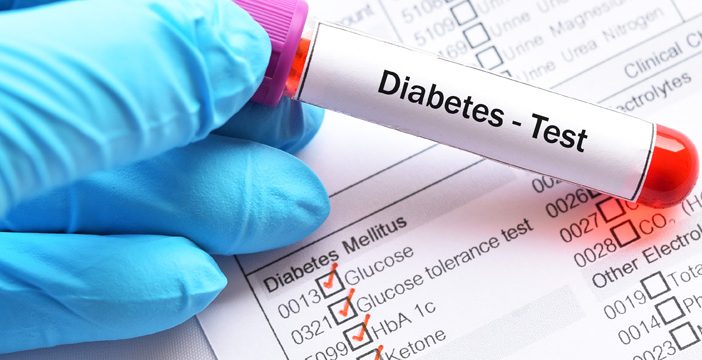
As researchers delve into the causes, prevalence and treatment of diabetes across the globe, they’re also discovering that some forms of diabetes can be misdiagnosed too. Those with type 1 diabetes could, in fact, have type 2 and vice-versa. Here’s a look at why diabetes misdiagnosis can happen and what to consider to ensure you’re on the right track for your diabetes management.
Why does the proper diagnosis matter?
A diabetes misdiagnosis can lead to delays in proper treatment. When you’re not optimally managing your disease, it can increase your risk for diabetes complications which can negatively affect your health and quality of life.
Can type 1 diabetes be misdiagnosed as type 2?
Historically, type 1 diabetes (also called juvenile diabetes) was considered a disease that mostly affected children and adolescents. But in truth, it can affect any age. Recent studies have shown that a great number of type 1 diabetes cases actually occur in adults. In fact, it’s estimated that 40% of adults over the age of 30 diagnosed with type 2 diabetes actually have type 1.
Contributing to diabetes misdiagnosis is the assumption that a person with diabetes in adulthood has type 2 and the fact that not all adults with type 1 diabetes require insulin at the onset of disease. Accessing diagnostic tests that can distinguish between type 1 and type 2 diabetes are not always easy to access either.
A person with type 1 diabetes misdiagnosed with type 2, can be at high risk for diabetes complications. For example, if they are not receiving insulin, they are at risk of diabetic ketoacidosis, a dangerous condition in which consistently high blood sugar levels cause toxic compounds to build up in your blood and urine.
Can type 2 diabetes be misdiagnosed as type 1?
Yes, even though type 2 diabetes is the most common form of the disease, it too can be misdiagnosed. Even children can develop type 2 diabetes. Someone with most of the symptoms of type 2 diabetes, could also have a slower evolving diabetes closely related to type 1 called latent autoimmune diabetes in adults (LADA). Researchers estimate that up to 12% of people diagnosed with type 2 may have LADA instead.
What other types of diabetes can be missed or misdiagnosed?
Beyond type 1 and type 2, there are other forms of diabetes that are sometimes missed or misdiagnosed. These include:
- Latent autoimmune diabetes in adulthood (LADA): This is a slower developing form of diabetes often mistaken for type 2.
- Type 3 and Type 3c diabetes: This is a class of diabetes for those with type 2 and Alzheimer’s disease.
- Maturity-onset diabetes of the young (MODY): Maturity-onset diabetes of the young (MODY) is a type of diabetes that is caused by a change (called a mutation) in a person’s genes.
- Gestational diabetes: This can affect up to 20% of pregnant women and often go undetected.
How do I confirm the right diagnosis?
Given that there are several forms of diabetes with overlapping symptoms, it is essential to get the proper blood tests via your physician or other healthcare provider to diagnosis your diabetes type. Some of these include testing fasting blood glucose levels and A1C. Read more about how diabetes is diagnosed here.
If you suspect you have diabetes, you can also take the Canadian Diabetes Risk Questionnaire from the Public Health Agency of Canada to help identify your risk of prediabetes and type 2 diabetes.
If you have type 2 diabetes and you’re struggling with your blood sugars three years after your diagnosis—or require insulin within a year of diagnosis—you may have a different form of the disease. If you’re experiencing chronic issues with your pancreas, that could also signal another form of diabetes. Speak to your healthcare provider if you have concerns and ask for further testing.
Type 2 diabetes has garnered major attention in terms of research and public health prevention initiatives over the last few decades. But the growing prevalence of diabetes misdiagnoses means there is greater attention also needed around other forms of diabetes. Be sure to speak to your healthcare team if you’re concerned about your own diabetes diagnosis.


